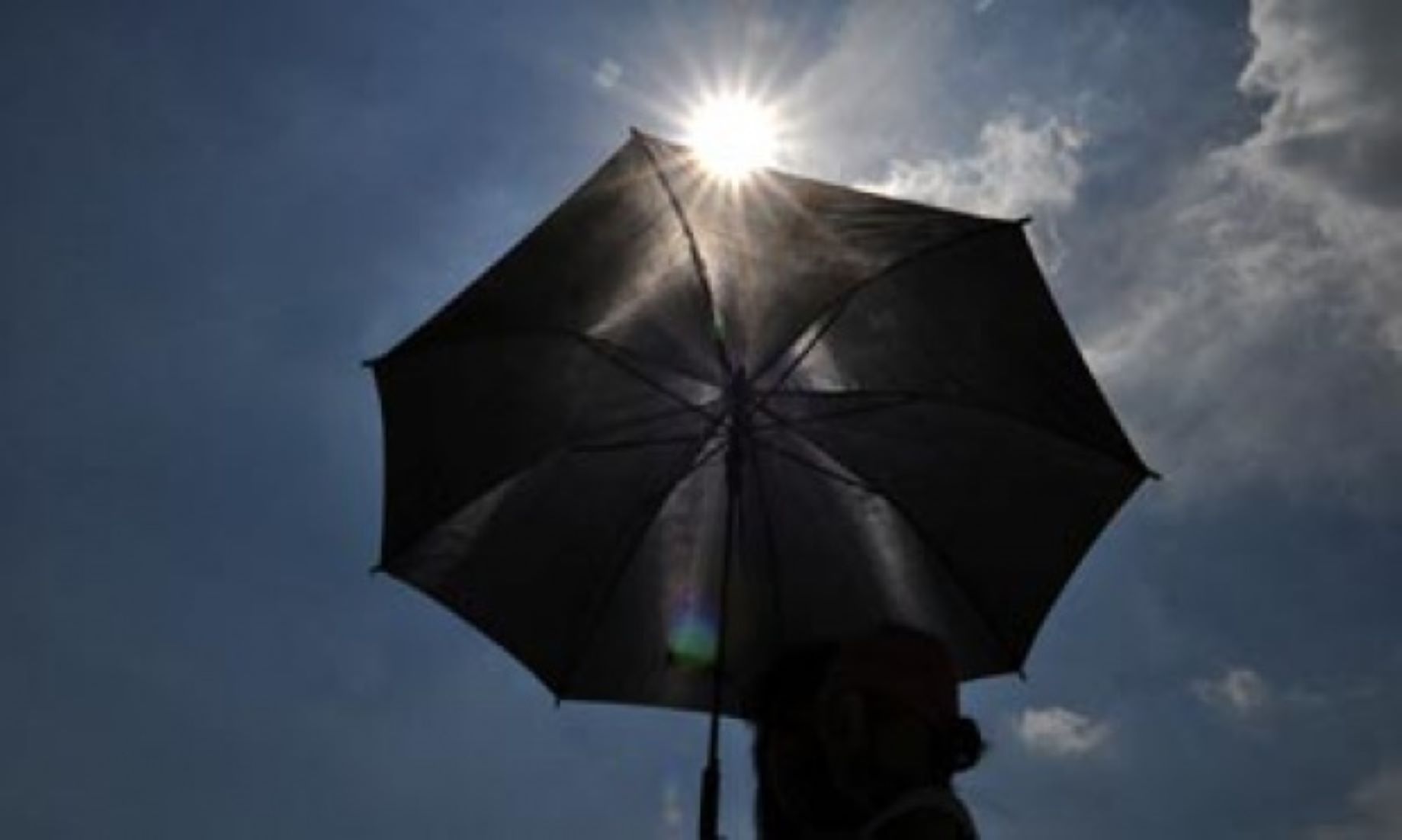CANBERRA, Nov 13 (NNN-AAP) – South Australia is facing higher temperatures, less rainfall, longer droughts and more intense bushfire seasons by 2030, a government report warned.
Susan Close, Deputy Premier of South Australia (SA) and Environment Minister, released the state’s Guide to Climate Projections for Risk Assessment and Planning report.
It predicts more deaths from heat, lower yield in agricultural regions, an increase in coastal flooding and changes to growing seasons. Close described the report as a “sobering reading.”
“I think the escalating shift towards drought conditions is of greatest concern,” she told reporters, from the United Nations Climate Change Conference (COP27) in Egypt.
“It’s much harder to farm consistently, if you’ve got more hot days and less rainfall and there is an increased risk of catastrophic events, such as fires,” she added.
According to the report, under a medium emissions model, median temperatures in Adelaide will increase by 1.1 degrees Celsius by 2030, and 1.6 degrees by 2050.
It means, in the state’s capital, there will be another 5.6 days with a maximum temperature exceeding 35 degrees Celsius by 2030.
In the opal mining town of Coober Pedy, in the SA Outback, there will be an extra 18.4 days above 35 degrees Celsius every year, by 2030. By 2050 it forecasts a 40 percent increase in the number of days above 35 degrees. Close said, the report justified the SA government’s move to declare a climate emergency in June.
“We have to both mitigate and adapt, and that’s challenging for the world,” she said.
“The upside of course, for South Australia is that, we had the opportunity to capitalise economically on the world’s shift to net zero, because we have a good, renewable energy profile.”– NNN-AAP





